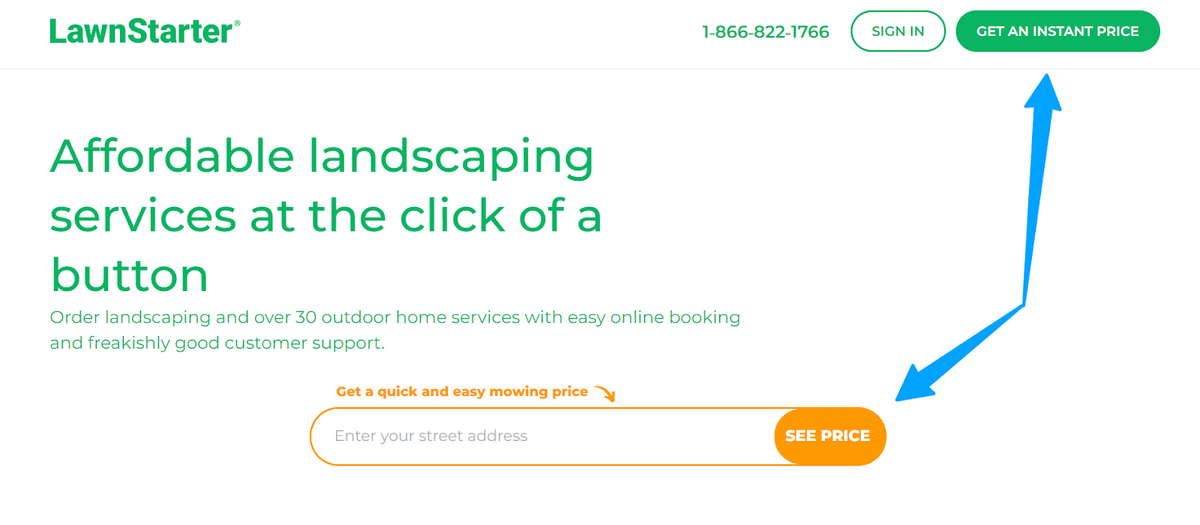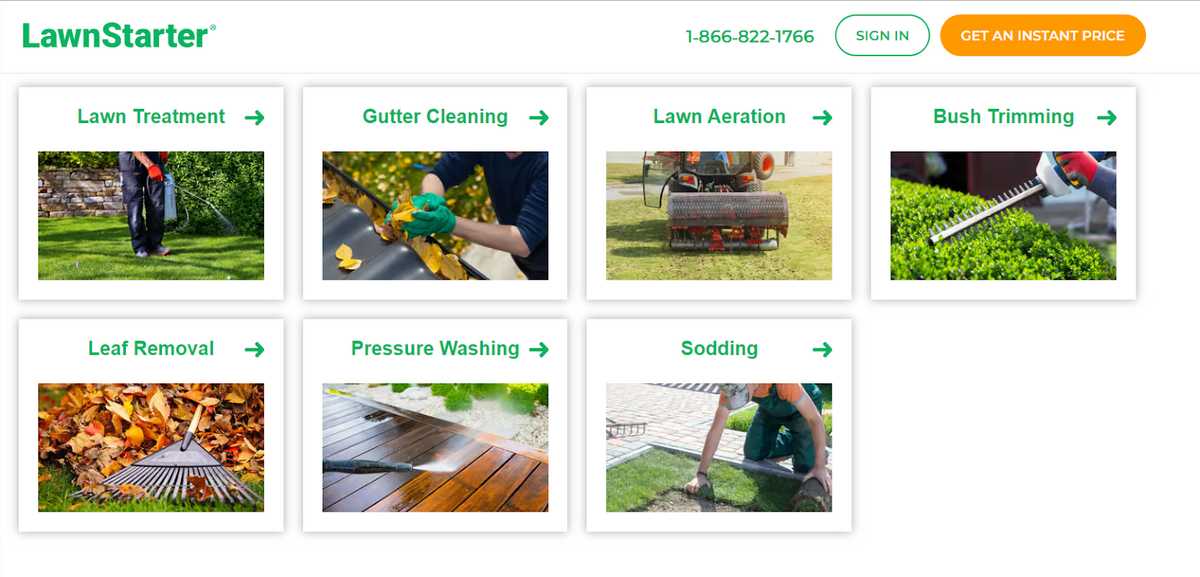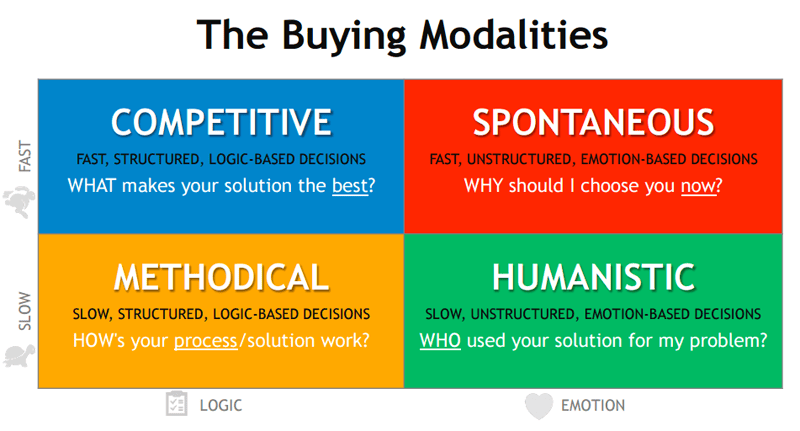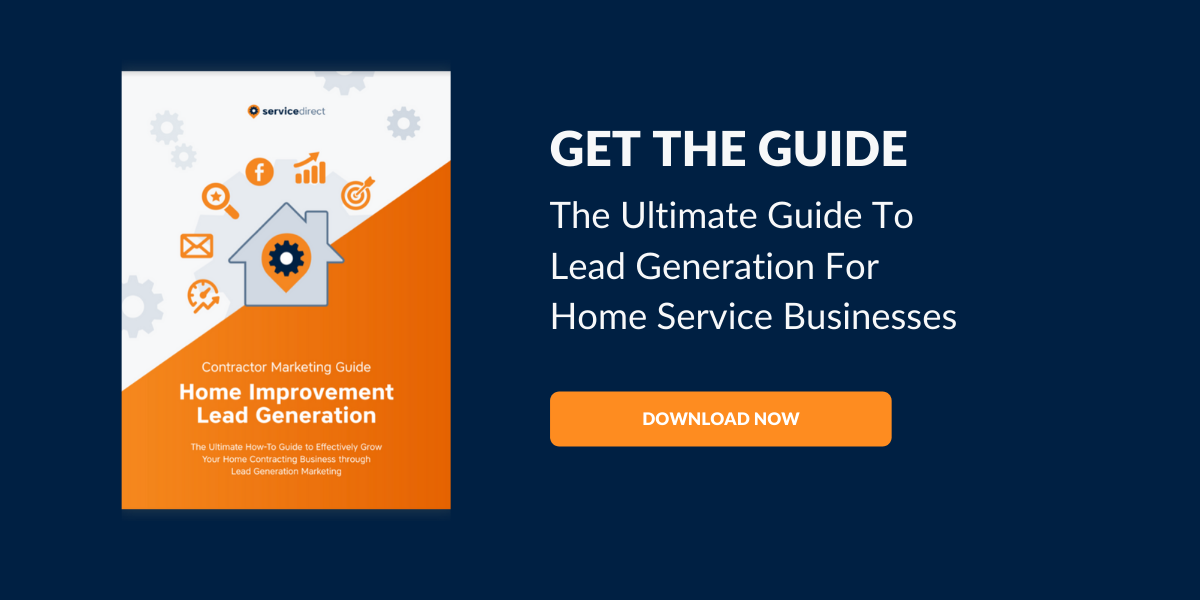A Guide to Building a Sales Funnel for a Local Business
A critical step in your customer acquisition process is the initial interest your customers show in what you offer.
So, when your potential customers inquire about your product or service, you want to personalize your response and provide relevant information that they need to make a purchase.
However, running the day-to-day operations of your business, handling customer inquiries, and implementing customer acquisition tactics without a cohesive plan means that you’re going to miss out on potential sales opportunities.
You can avoid this by streamlining your customer acquisition process through a sales funnel that will help you effectively attract, nurture, and convert your potential customers.
In this post, we’ll be talking about how you can build a sales funnel for your local business to help you improve and streamline your customer acquisition efforts.
What is a sales funnel?
A sales funnel is a marketing tool that helps you guide potential customers through the buying process. There are three stages in the funnel: Interest, Decision, and Action.

The “interest” stage of the sales funnel is when your potential customer shows some interest in your product or service. They’re not ready to buy yet but might show their interest by visiting your store or website, calling to make an inquiry, and requesting a quote.
The “decision” stage is when your potential customer compares what you’re offering with what your competitors are offering. When evaluating, they’re making a couple of considerations related to price, features, and reviews, to see if what you’re offering matches their needs and expectations.
The “action” stage of the sales funnel is when your potential customer has made their decision on who to buy from and completes the purchase. They may make a call to schedule an appointment or walk into your premises to buy what they need.
By understanding the stages of the sales funnel and how your potential customers behave in each of these stages, you can streamline customer acquisition efforts for maximum efficiency and a solid return on the resources they invest.
Sales Funnels vs. Marketing Funnels
Sales funnels and marketing funnels are often used interchangeably, but they’re not actually the same thing – though they are closely related.
Marketing funnels reflect the entire buying journey your prospect takes right from awareness to purchase. The goal of the marketing funnel is to guide potential from the very first time they hear about your company all the way to the point where they make a purchase. It includes all the strategies you use—including paid advertising, email marketing, and content marketing—to take them through their buying journey.
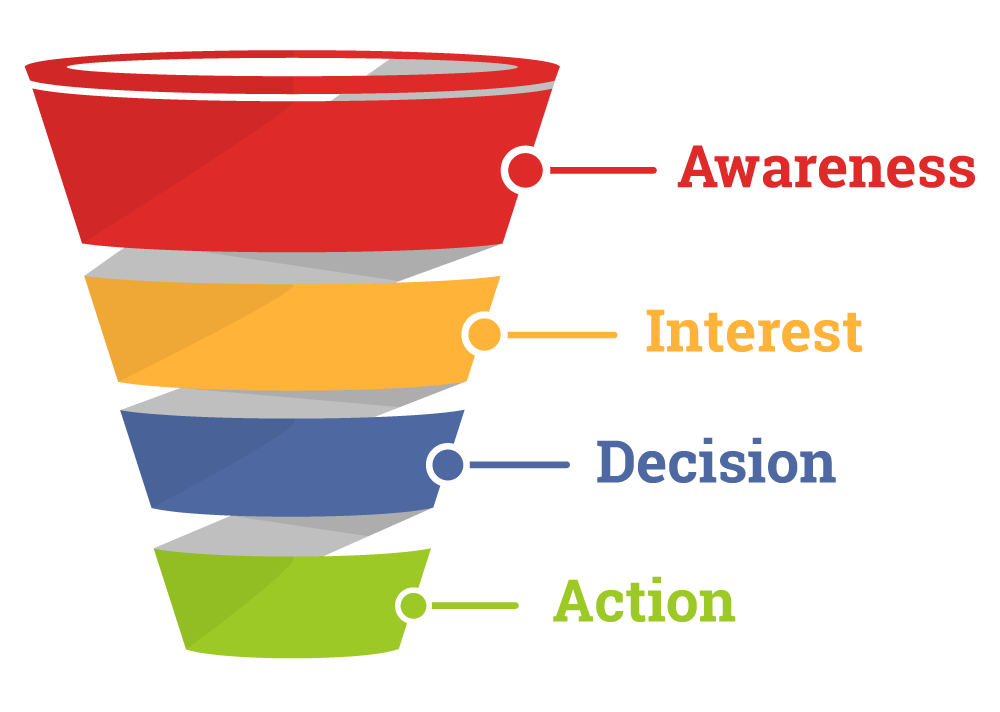
On the other hand, a sales funnel is interested in conversions and it reflects specific parts of the buying journey—namely interest, decision, and action stages.
Importance of sales funnel for local business
Understanding your sales funnel helps you to understand and influence how customers interact with your business, allowing you to optimize your sales strategies to convert more leads into paying customers.
But just because they’re interested, doesn’t mean they’re necessarily ready to make a purchase just yet. A well-designed sales funnel allows you to build a relationship with your leads, nurturing them through email and other communication methods, responding to their questions, and providing the information they need in order to make an informed decision.
Implementing a sales funnel defines the path from prospect to paying customer and helps you visualize where along that path each potential client is. This, in turn, makes it possible for you to measure and track the effectiveness and efficiency of sales resources.
Most importantly, a good sales funnel increases conversions. Guiding customers from interest to action through strategic communication and tools like webinars or free trials gives them the confidence to make the purchase decision.
A Step-by-Step Process to Build an Effective Sales Funnel
Just as your marketing funnel involves activities that help create awareness and build up interest, your sales funnel needs to have defined stages that move your leads from interest to action. Here are the activities you need to focus on when building your sales funnels:
1. Create an Entry Point
Start by creating your entry point that allows you to collect your potential customers’ contact information. If you have a website, your entry point is your landing page.
Design a landing page with a relevant offer that helps them to either compare different solutions available or answer some of the pressing questions they have.
Here’s a landing page for LawnStarter’s landscaping services:
Once you land on the page and miss the top right corner, you’ll see the second entry point just above the fold that requires you to enter your street address to see the price of landscaping services.
LawnStarter goes ahead to showcase their landscaping services:
This level of transparency eliminates friction and reassures someone who is looking for lawn care services by telling them what to expect, making it easy for them to take action.
2. Segment Your Leads
You should already have a good idea of your ideal customer, so you understand their needs, goals, and problems and how your products or services can solve them.
As you continue interacting with them during the sales process, you’ll start to notice a difference in their inquiries.
For example, some buyers will be price-sensitive while others are not.
Other times, you may be selling to both local businesses and individuals. For example, if you offer cleaning services, your customers may vary and you end up serving both businesses and individuals.
This means that in addition to having ideal customer profiles, you need to segment your potential buyers to know how to sell to them based on their motivation, pain points, and industry, among others.
To effectively segment your potential customers, start by looking at your previous customers to identify common themes and start putting related customers in buckets.
For example, if you provide lawn care services, looking at previous customers might help you see who you’ve been serving: businesses such as golf courses and homeowners who want to maintain their lawns.
Once you identify your buckets, use your entry point form to ask them questions that will help you know what segments they belong to. This way, your follow-up emails will be relevant to them, based on their segment.
3. Nurture Your Leads
Once you’ve collected their contact information, you need to keep in touch with them, sharing relevant information about what they need to buy and building a relationship with them until they are ready to buy from you.
For walk-in inquiries, nurturing might include calling them back and asking if they have any questions based on the information you provided in the brochure you gave them.
If you’re using email to nurture your leads, customize the content and offers that you present to different segments of your audience. This makes it easier for them to take you up on the offers you present to them.
4. Create a Compelling Offer
As you nurture your leads, you want to insert your offers into the conversations you have to help them take action.
Your offer will determine whether your potential customers convert or not. It's the next step in their buying journey which requires them to commit.
Ideally, your prospect will signal commitment in two ways: their time or their money.
Early on, their time is an easier tradeoff, so your offers need to be aligned with low-risk and high-reward requests that make it easy for them to sign up for your offers.
For example, request them to walk in and see how your product works. If you provide a service, request them to schedule a time to see you serving other clients and, in other cases, a free consultation.
When asking them to buy, understand what is motivating them to buy from you and align your offer with this motivation.
For example, some leads want a discount while others want you to justify their purchase by demonstrating value before they decide to buy. This makes it easier for them to take action because you’ve eliminated any hurdles.
Conclusion
Customer acquisition is at the heart of every local business because it influences revenue and profits. Your sales funnel drives your customer acquisition efforts, which means you need it to complement your marketing efforts.
When building your sales funnel, start by identifying your entry point. If you’re not already generating leads, create an account with Service Direct to help drive leads to your local business.
Once you generate enough leads, segment them based on common themes that you identify. After this, nurture them and present your offers based on what motivates them to buy to help you improve conversions.

Alex Birkett co-founded Omniscient Digital, a premium content marketing & SEO agency. He lives with his dog Biscuit in Austin, Texas, and writes at alexbirkett.com.



